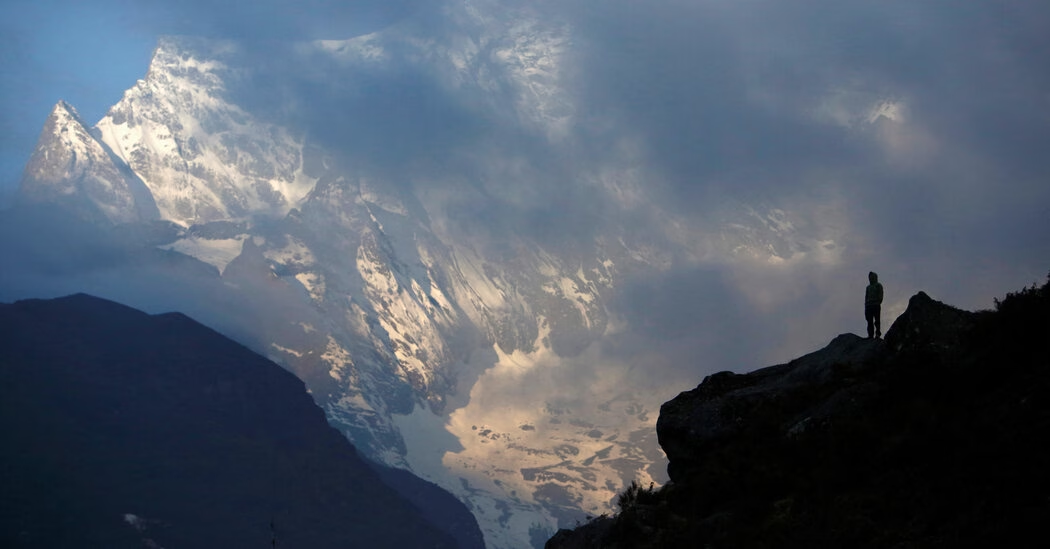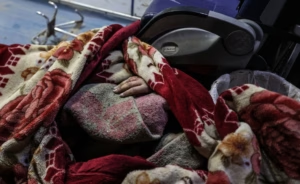Help might finally be on its way for the Nepali Sherpas who carry massive loads for foreign climbers through perilous sections of the tallest mountain in the world. When the main climbing season starts next month on Mount Everest, expedition groups will test drones that can transport items as heavy as 35 pounds in high altitudes, retrieve ladders used for establishing climbing routes, and remove waste that is usually left behind.
Items that usually take seven hours to transport by foot from Everest’s base camp to Camp I can be airlifted in just 15 minutes. The aim of using drones is to reduce the likelihood of fatal accidents, which have been increasing due to accelerated snowmelt caused by climate change.
“Sherpas bear enormous risks. The drone makes their task safer, faster, and more efficient,” said Tshering Sherpa, whose organization, the Sagarmatha Pollution Control Committee, is responsible for fixing the route through the deadly Khumbu Icefall, located southwest of Everest’s summit.
For approximately a year, the drones have been donated by their Chinese manufacturer and have undergone testing. The pilot test during this year’s climbing season is crucial for persuading expedition agencies to invest in more drones, which could be used to carry climbing gear and critical items like oxygen cylinders.
While the initial cost of the drones is high, proponents believe they will eventually save agencies money. Many Sherpas, known as “icefall doctors,” could benefit the most from their use. These experienced Sherpas set up routes through the shifting ice each climbing season and perform the hazardous task of traversing the ice at least 40 times.
The deployment of drones was motivated by a recent tragedy involving Sherpas on Everest. In 2023, three Sherpas were killed in an avalanche while fixing ropes for foreign climbers, and their bodies could not be recovered.
Drone operators believe that their devices can do more than just carry items. They could help icefall doctors locate previous climbing routes using geolocation, which could simplify the establishment of new routes each season. The drones could also address the declining number of Sherpas, who are leaving due to safety risks and better job opportunities abroad.
However, expedition companies are hesitant about the high price tag of the DJI drones, which costs over $70,000 after customs duties. Startups like AirLift are exploring the possibility of assembling drones within Nepal, which could cut costs by more than half.
Despite the cost, there is faith in the potential benefits of drones. During a test run on Mount Ama Dablam, a Himalayan peak, Dawa Jangbu Sherpa, a drone pilot, witnessed firsthand the effectiveness of the drones. He observed that food that was sent from base camp and arrived at Camp I was still hot after just six minutes of flight time, which is much faster than the usual six hours it takes to reach Camp I on foot.
Source: https://www.nytimes.com/2025/03/18/world/asia/mount-everest-drones.html





